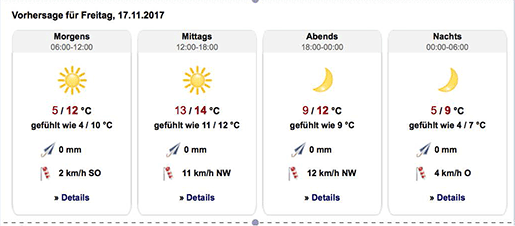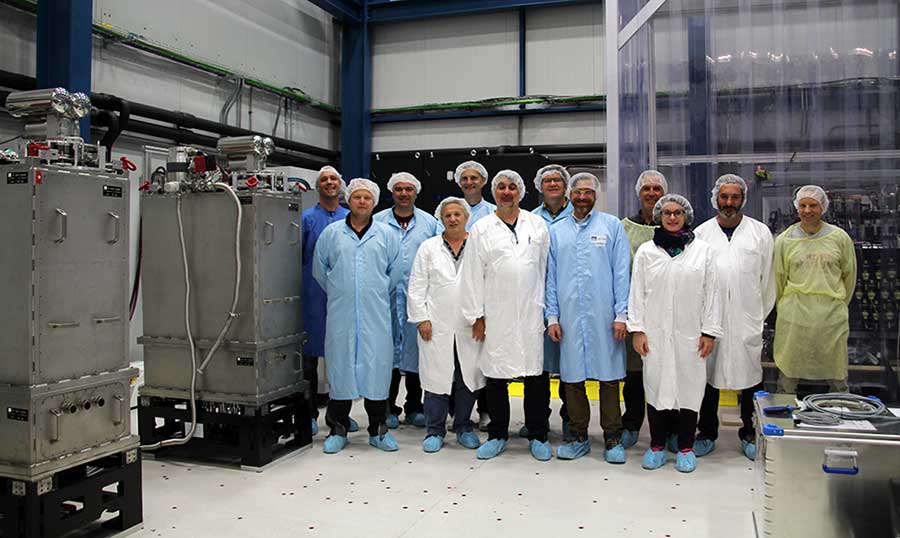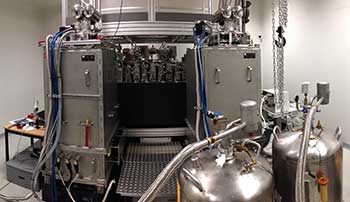MATISSE (Multi-AperTure mid-Infrared SpectroScopic Experiment) is the mid-infrared instrument of the VLTI. It will produce the sharpest images of planet-forming regions in infant stellar systems, central regions of active galaxies, and close environment of massive stars.
MATISSE consists in an interferometer, combining four of the VLT telescopes, together with a spectrometer, working between 3 and 13 microns. It will produce images at an unprecedented resolution of a few thousandth of an arc-second.
The instrument was built by a consortium of 52 people across 6 countries (France, Germany, the Netherlands, Austria, Hungary, Poland). It is currently being installed in Paranal, Chile, and is expected to be open to the scientific community in 2019.
- Details
{imageshow sl=19 sc=14 w=600 /}
- Details
{imageshow sl=18 sc=14 w=600 /}
To be continued ...
Together with its electronics cabinet, the optical table was transported to the Paranal submit. The Warm Optics was installed in the VLTI focal laboratory. This delicate operation did not encounter any incident. In 2 weeks from now, the two cryostats will be themselves transported to the submit after the two detectors are installed and after all the subsystems are tested in the NIH. The tests require one cooling down and warm up cycle.
- Details
This weather forecast page is the one examined by Lieselotte Jochum in charge of the MATISSE logistics at ESO. ![]() PDF
PDF

Tommorow, Friday the 17th of November, the Warm Optics subsystem of MATISSE with its associated electronic cabinet and its related equipment for its intallation will be transported from the VLT basecamp to the
Paranal submit. Rain and/or wind are prohibited for the transport itself and for the opening of the hatch allowing the lifting of the equipment down to the floor of the VLTI focal lab.
- Details
A nice group picture taken in the New Integration Hall of the Paranal basecamp. From Left to right : Eddy Elswijk (Institute NOVA-ASTRON, Dwingeloo, The Netherlands), Tobias Maurer (Max Planck Institute for Astronomy at Heidelberg, Germany), Michael Lehmitz (Max Planck Institute for Astronomy, Heidelberg, Germany), Jean-Michel Clausse (Observatoire de la Côte d'Azur, Nice, France), Werner Laun (Max Planck Institute for Astronomy, Heidelberg, Germany), Pierre Cruzalèbes (Observatoire de la Côte d'Azur, Nice,France), Ralf Klein (Max Planck Institute for Astronomy, Heidelberg,Germany), Felix Bettonvil (Institute NOVA-ASTRON, Dwingeloo, The Netherlands), Pierre Antonelli (Observatoire de la Côte d'Azur, Nice,France), Aurélie Marcotto (Observatoire de la Côte d'Azur, Nice,France), Christophe Bailet (Observatoire de la Côte d'Azur, Nice,France), Paul Bristow (European Southern Observatory, Garching, Germany).

At the left of the picture, the two reassembled MATISSE cryostats can be seen. They contain the 2 Cold Optic systems. At the right and at the back, the Warm Optics table can be distinguished. All the Optomechanical elements are mounted, pre-aligned and their fonctions are currently under test.
- Details
{imageshow sl=15 sc=14 w=600 /}
COB in the integration hall, (5) hanging on the crane (6) installed on the optical bench.



